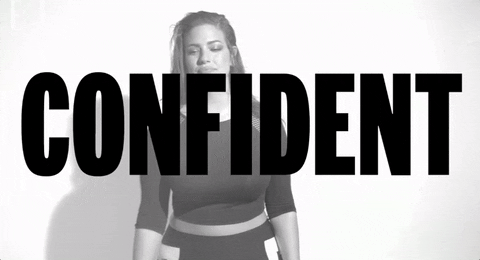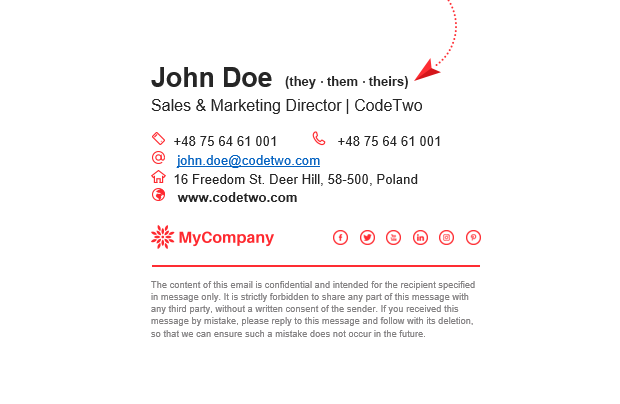
This logo isn't an ad or affiliate link. It's an organization that shares in our mission, and empowered the authors to share their insights in Byte form.
Rumie vets Bytes for compliance with our
Standards.
The organization is responsible for the completeness and reliability of the content.
Learn more
about how Rumie works with partners.
You might have been raised to think that pronouns are simply versions of "him" and "her".
There are actually many more pronouns, and using the correct ones will help people feel validated and accepted!

Key Concepts

Sex: The label (male or female) that you're assigned by a doctor at birth based on the genitals you're born with and the chromosomes you have.
 Gender: The behavioural, cultural, or psychological traits typically associated with one sex. For example, the concept that women are polite and men are agressive.
Gender: The behavioural, cultural, or psychological traits typically associated with one sex. For example, the concept that women are polite and men are agressive.
 Gender Identity: Personal concept about gender and how one feels inside. It's a deeply held internal sense of self and is typically self-identified.
Gender Identity: Personal concept about gender and how one feels inside. It's a deeply held internal sense of self and is typically self-identified.
 Gender Expression: How one decides to express their gender.
Gender Expression: How one decides to express their gender.
 Gender Pronouns: Terms people choose to refer to themselves that reflect their gender identity.
Gender Pronouns: Terms people choose to refer to themselves that reflect their gender identity.

Quiz
Idowu is a woman. She wears her hair short, doesn't like dresses, and never wears makeup. What concept does this refer to?
Gender expression is how we present ourselves. Idowu's way of dressing, looking, or interests don't change her gender, gender identity or sex. Her sex is female and she identifies as female with "she/her/hers" pronouns.
Did you know?
Why Are Gender Pronouns Important?
As discussed in the video above:
Assuming gender based on appearance and other factors can be extremely hurtful.
Using correct pronouns helps people feel validated and seen.
Asking others about their pronouns shows them you care.
Quiz
Lia mistakenly assumed that a person they just met uses the gender pronouns she/her. The new friend corrects Lia as they use the pronouns they/them. What should Lia do? (Select all that apply).
Mistakes can happen. The important thing is to acknowledge, apologize and correct them. This makes it easier to move on from an unintentional mistake.
Your Pronouns Are Your Choice
Using a pronoun is one way to connect with the world, which is why it's so personal.
 Photo by Vonecia Carswell on Unsplash
Photo by Vonecia Carswell on UnsplashGendered pronouns specifically reference someone’s gender: he/him or she/her.
Non-gendered or nonbinary pronouns are not gender-specific and are most often used by people who identify outside of a gender binary. For example:
They/Them/Theirs/Themself
They saw the news.
The news was about them.
Their dog was lost.
That dog is theirs.
They found it themself.
Ze/Hir/Hirs/Herself
Ze spoke.
I spoke about hir .
Hir house is new.
That house is hirs .
Ze bought it hirself
Ze/Zir/Zirs/Zirself
Ze spoke.
I spoke about zir .
Zir house is new.
That house is zirs .
Ze bought it zirself .
Did you know?
Use Them Daily
Introduce yourself with your pronouns
Use them on your email signature and social media
Use gender-inclusive language
Ask for others' pronouns
Take Action
Now that you know the basics, you can start using and asking for pronouns with more confidence.

This Byte has been authored by
Adriana Villegas Mayorga
Learning Designer
